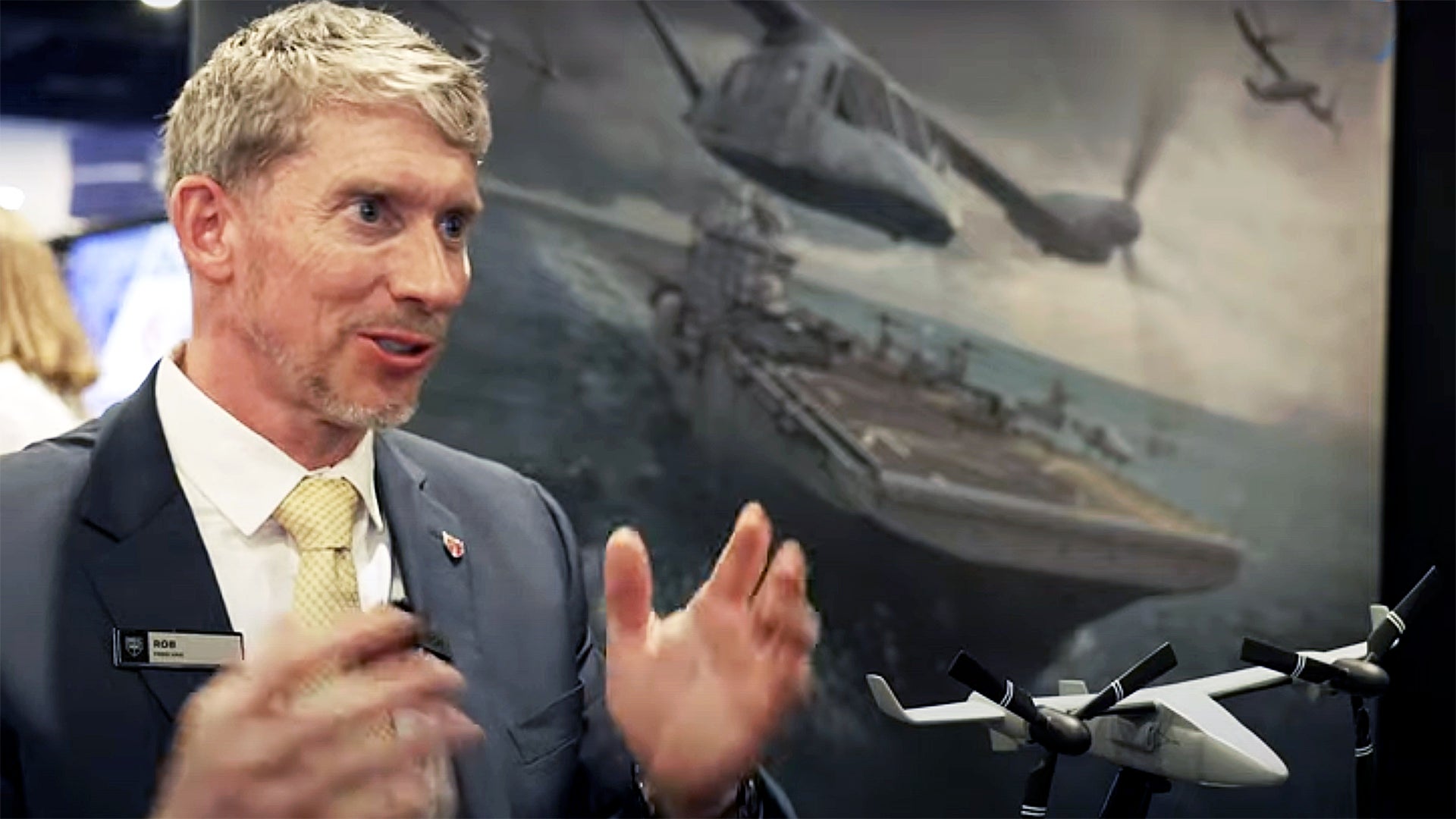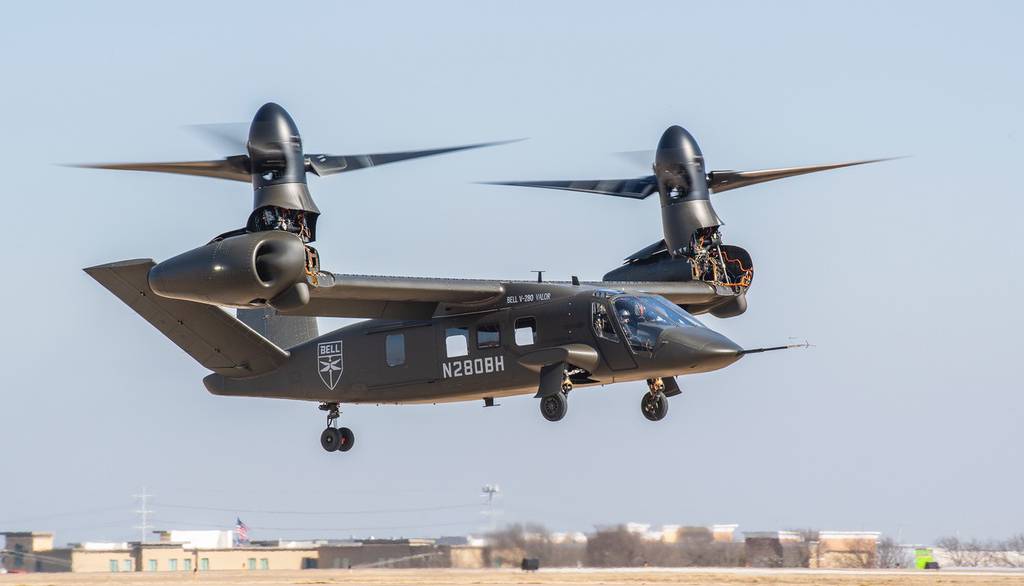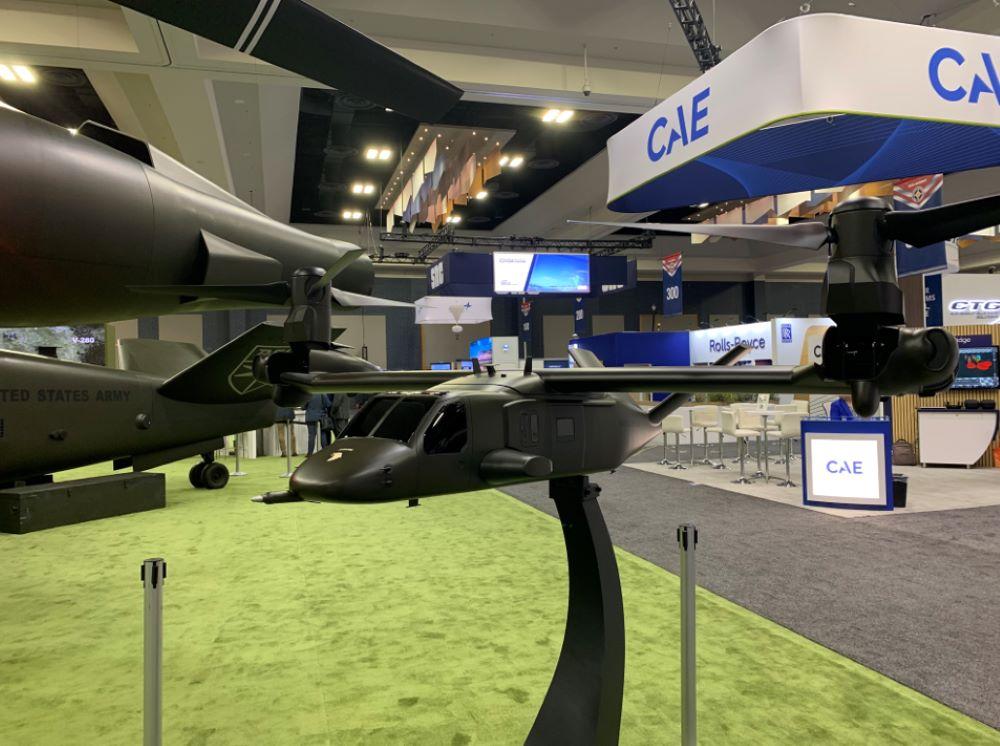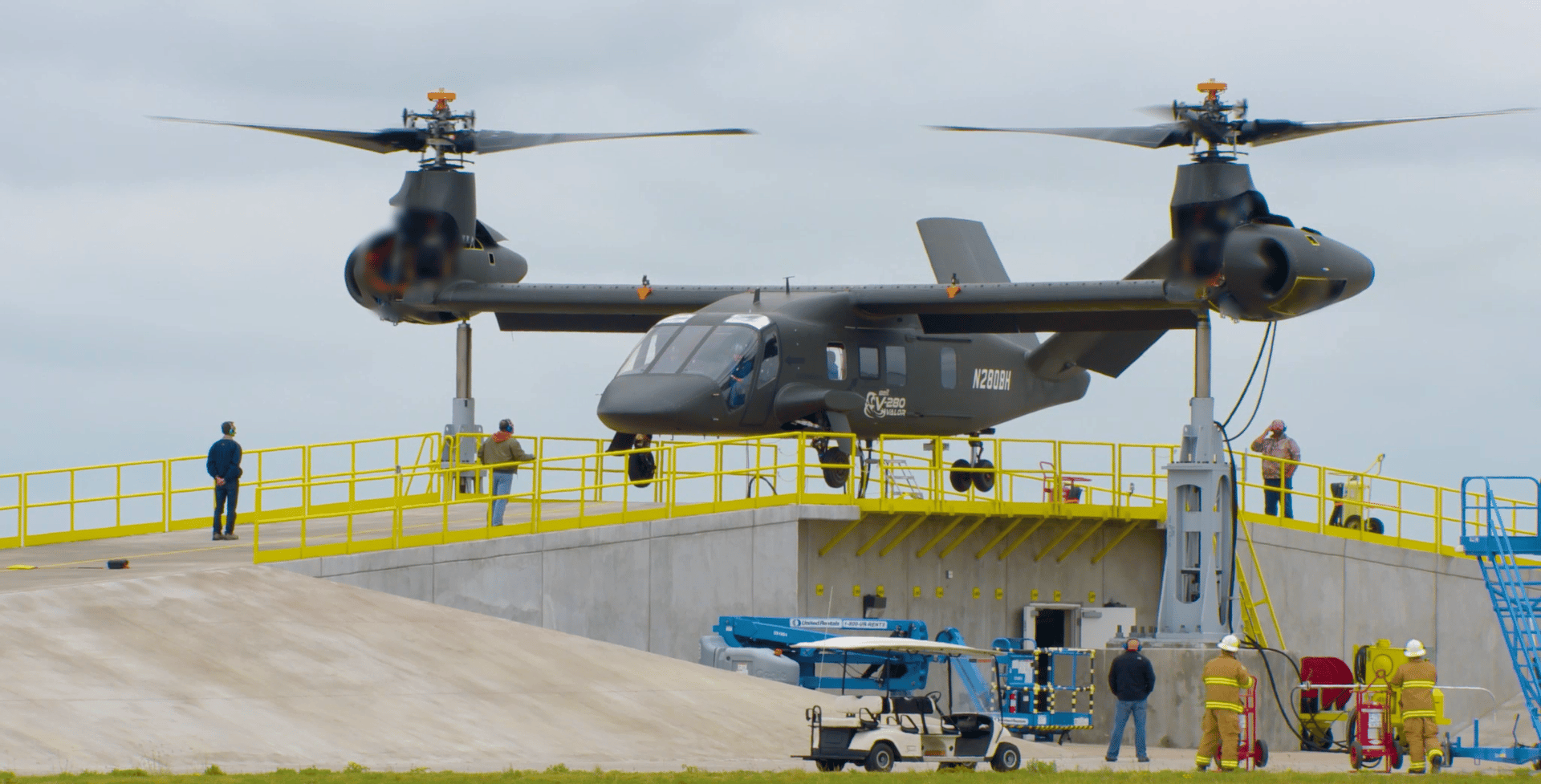WatcherZero
ACCESS: Secret
- Joined
- 22 May 2023
- Messages
- 439
- Reaction score
- 765
FLRAA is the procurement program, we dont know whether Bell will keep the name or change it for the production version, so far they have been procuring the production contracts from suppliers under the same V-280 name. I am sure the US will want to give it its own name in service so the 'Valor' might change.




